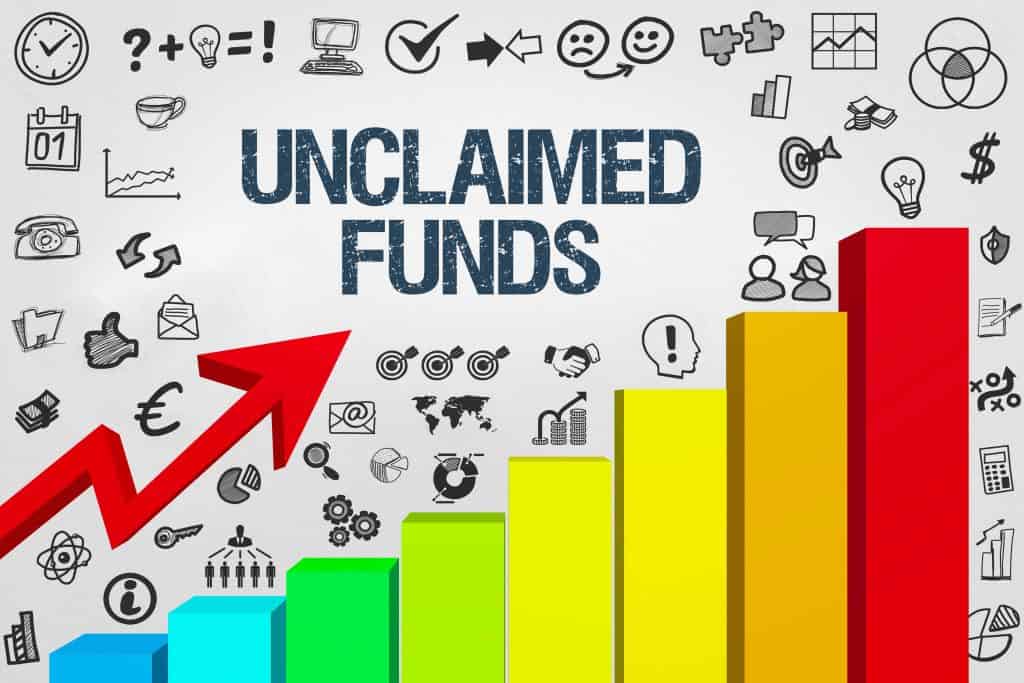Finding an affordable place to live can be difficult in today’s current housing market. Unfortunately rent is expected to continue to increase throughout this year. This isn’t good news for families that are already in a tough spot! You may find yourself spending too much on housing expenses and not even realize it. But don’t worry if that’s the case! You may be able to get help with these monthly costs from a variety of sources.
This is because various programs exist to provide specific housing assistance to qualifying households. Low-income individuals can benefit from monthly rent assistance or affordable rent rates within public housing. Furthermore, some households may even qualify for a loan or grant to use towards becoming a homeowner. Whatever type of assistance you’re in need of, there is likely an opportunity that suits you!
How You Can Make Your Housing Costs More Affordable
If you’re struggling to find an affordable place to call home, there are several housing assistance options available to you. There is a rule of thumb that you should follow when it comes to housing costs. First of all, these monthly expenses don’t only include the cost of rent or a mortgage. Utility bills should be factored in when considering your own budget. According to the Department of Housing and Urban Development (HUD), there is a maximum percentage that households should spend on housing. The HUD states that no more than 30% of a household’s income should go towards these costs. For example, if a household’s monthly income is $2,000, their maximum housing budget should be $600 or less!
However, considering today’s housing market, it’s difficult to maintain this rule of thumb especially if you don’t make a lot of income. Households that spend more than what’s recommended on housing expenses can find themselves in a difficult situation. Basic needs may become harder to keep up with if there is little money left after rent and utilities are covered. If you’re in this type of situation, you can likely benefit from one of the government housing programs we are covering in this article.
Federal Affordable Housing Programs
One solution to get your housing costs down is to seek assistance. The federal government offers numerous options that can help in different ways. The eligibility requirements vary depending on the program. However, income level and household status are generally considered. For assistance with the cost of rent, you can consider either of the following:
- The Housing Choice Voucher Program (Section 8)
- Public Housing
The Housing Choice Voucher Program (Section 8)
The first program on this list is the Housing Choice Voucher Program. You may also recognize this program as Section 8. This program provides financial assistance in the form of vouchers to certain individuals and families. The voucher that’s awarded to recipients can be used towards rent payments in privately owned rentals. The biggest benefit to Section 8 may be that recipients get the freedom to choose where to live. Furthermore, families may get the opportunity to move into a better area that they could not afford before.
Despite that, no government program comes without some downfalls. When finding a rental, recipients may run into a problem with landlords not wanting to accept vouchers. The landlord of the property must accept Section 8 in order for the recipient to live there. In addition to that, there are more families in need of housing assistance than the program can provide at one time. For this reason, approved applicants usually need to wait before it’s their turn to get a voucher.
Once approved applicants are awarded their voucher, they are able to start looking for a rental to live in. From there, the recipients need to have their new landlord approve their application. Once everything is good to go, the recipient can start utilizing their rent assistance!
Public Housing
Public housing properties are government-owned residential buildings that provide affordable rental options for low-income households. Today there are roughly 1.3 million households living in public housing. Just like Section 8, public housing units are also in high demand! Although many households are fortunately getting the help they need now, many more people are waiting for their turn.
Public housing units can range from apartment complexes to duplex homes or clusters of private houses. This can enable applicants more of a variety of choice depending on availability in the area they’re planning to live in. In order to be eligible for public housing, you need to meet the following requirements:
- Pass a background check
- Be a U.S. Citizen or be of an eligible immigration status
- Meet the income guidelines for the state you’re applying in
To get started, you want to reach out to your local public housing authority (PHA). Applicants and recipients of public housing deal directly with their PHA. This is because they are responsible for managing the program.
Types of Mortgages Available Specifically for Low-Income Households
Renting is a great option for many individuals and families for different reasons. While renting has quite a few upsides, some individuals may be ready to take the steps towards becoming a homeowner. In some cases, owning a home can benefit a family’s financial future. However, purchasing a home usually comes with both up front and hidden costs that can be expensive. If you can’t afford all of the typical costs associated with buying a home, then you may be able to benefit from these home loans. These loans are specifically meant for low-income individuals!
These programs can offer loans and grants to help with buying, building, and improving rural homes. To be eligible for either of the following programs, applicants must satisfy specific guidelines. These include income standards and credit history. Lastly, the property being financed must be in a specified rural area determined by the federal government.
Rural Homeownership Direct Loan Program
Qualifying low-income individuals can benefit from this loan program, which includes subsidized interest rates with no down payment necessary. The Rural Housing Service (RHS) of the United States Department of Agriculture (USDA) offers this program. The main purpose of this loan program is for the funds to be used for updating, renovating, and building homes in rural areas. In addition to that, it can also be used to move a home to a rural area. Lastly, the program allows for both mobile and manufactured homes to be included.
Farm Labor Housing Loans
This loan program can be offered to farmers, family farm corporations, farm worker associations, Native American tribes, and non-profit organizations. These loans are intended to be used towards purchasing, building, repairing, and updating housing for farm laborers. Aqua farming as well as on-farm processing are included in this type of home loan program.
Overall
According to the Department of Housing and Urban Development, an appropriate amount to spend on housing is just 30% of your income. Housing expenses include both rent and utilities (or mortgage if you own your home). The current housing market has made affordable housing very difficult to find. This is especially true for low-income individuals and families! If you find yourself spending too much money on housing costs each month, you may benefit from some assistance.
The HUD funds numerous programs that can help cover some of these costs. Furthermore, there are programs that can also help hopeful home buyers achieve that big milestone! This is possible through loans and grants intended for low-income individuals. If you are interested in benefiting from any of these programs, don’t hesitate to get started as soon as possible. It is even more important you don’t wait to apply for public housing or Section 8. If approved, there is a good chance you’re going to wait before you can receive assistance. Don’t wait until your savings have run dry before reaching out!


